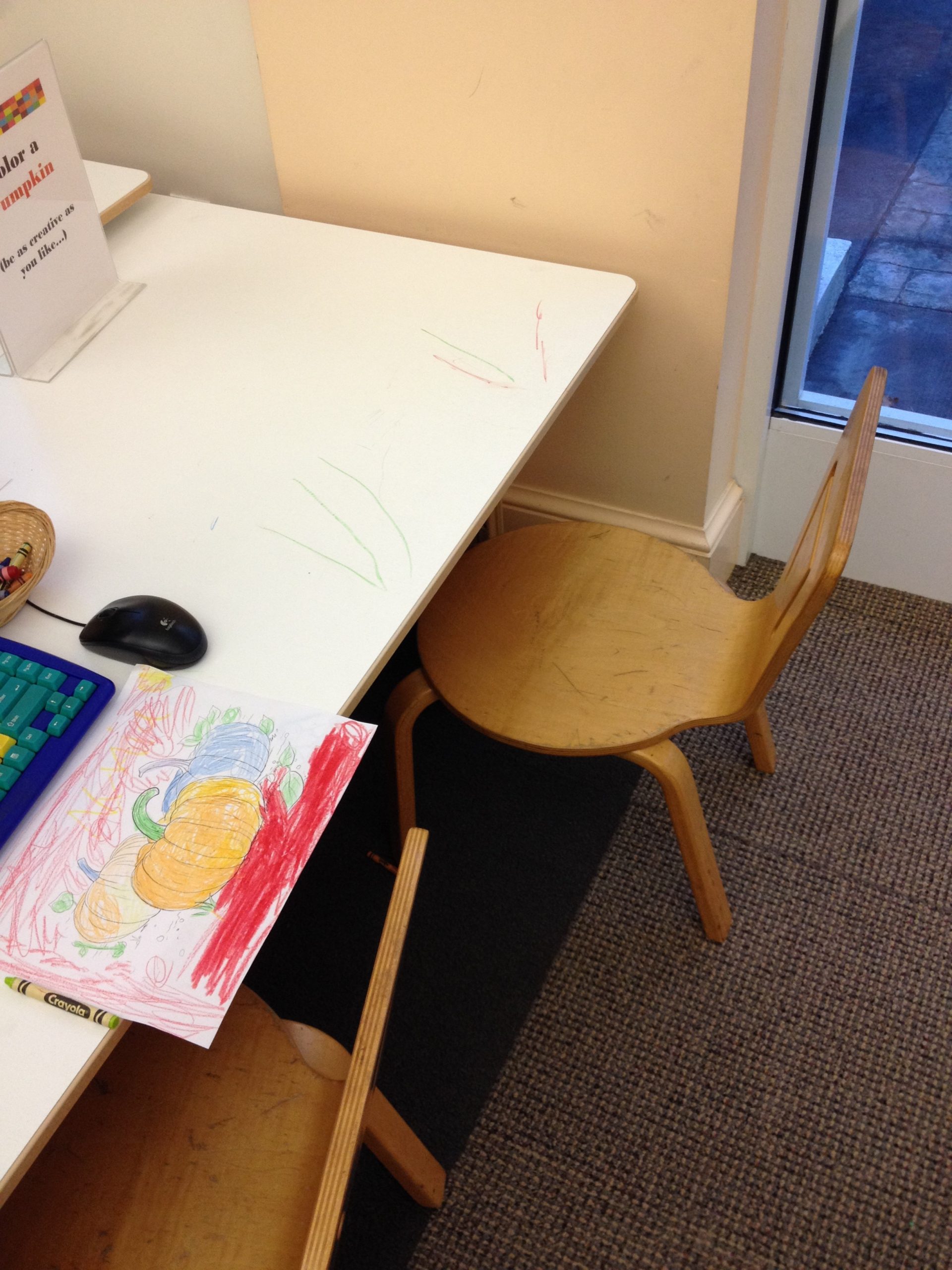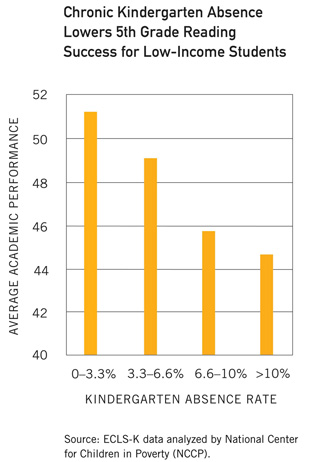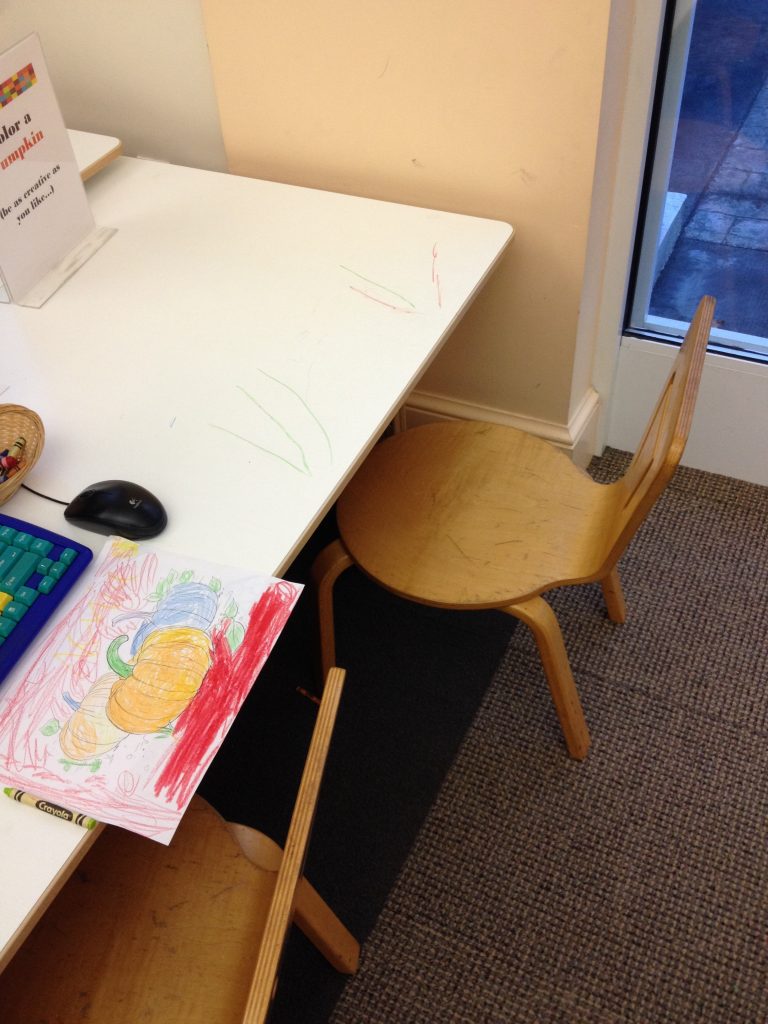 Today’s schools have a new look at absenteeism. Schools are not only looking at the overall attendance rate, they are taking a closer look at the students that are chronic offenders. It doesn’t matter if they are excused, unexcused, or have a note from the doctor. They are collecting data on students that are missing at least 10 percent of the school year for any reason.
Today’s schools have a new look at absenteeism. Schools are not only looking at the overall attendance rate, they are taking a closer look at the students that are chronic offenders. It doesn’t matter if they are excused, unexcused, or have a note from the doctor. They are collecting data on students that are missing at least 10 percent of the school year for any reason.
Too many absences are a red flag for future problems that include lower grades and eventually dropping out of school. As a result schools today have turned to data for intervention to avoid future problems.
State and federal reporting forms currently take a school’s daily average attendance. There is no recording of individual students or chronic absenteeism. Most schools report the daily average to be 90 percent. However there is no indication that there could be 40 percent of students chronically missing school.
According to a John Hopkins University study, Robert Balfanz and Vaughn Byrnes found 5 to 7.5 million students were chronically absent. Translating to missing school one day out of every ten. The state of Maryland, which is one of six states that is tracking the matter has 11 percent of the student population chronically absent – about 85,000 students. In addition, the report indicates the severity of the problem is in kindergarten and high school. Causes cited were low income, transportation issues, poor health, work, and the responsibility of having to take care of siblings. The state of Florida reports only 15 percent of schools experience chronically absent students.
Since the John Hopkins study there are several states now using student data to identify chronic absence: Connecticut, Georgia, Hawaii, Indiana, Maryland, Oregon, Rhode Island, and Utah – according to Hedy Nai-Lin Chang of Attendance Works.
Schools that are tackling the problem are creating a dialogue with the individual students demonstrating that children matter and need to be in attendance. Administrators are texting parents when a student is not in school. The use of automated Robo calls, notifying social agencies, and rewarding students for attendance with motivational speakers, grants, and field trips are strategies being employed to entice student attendance. Another plan of action is strengthening after-school programs. Programs after school hours encourage students to attend classes during the day.
It’s a well-known fact that any type of school reform won’t help students that aren’t in school. And missing school on any level has consequences. Schools must uncover the reason behind chronic absenteeism. Attending classes during school hours is a critical aspect of student success. Educators and parents must work together to build a community that celebrates attendance. It’s time to move beyond the old methods of simply recording absences and begin to identify the causes of chronic absenteeism. Once this is accomplished, schools can address the needs of the student.



